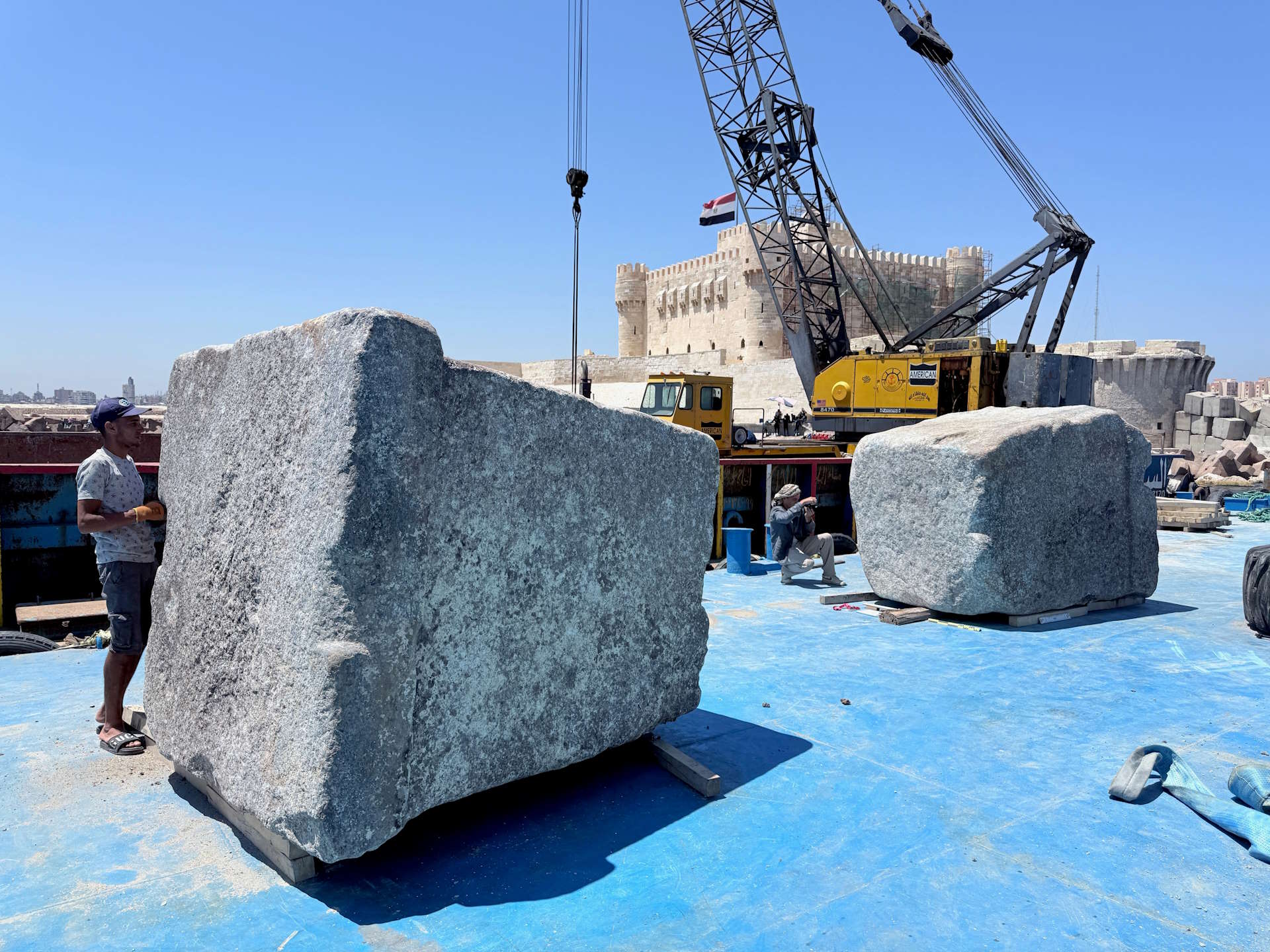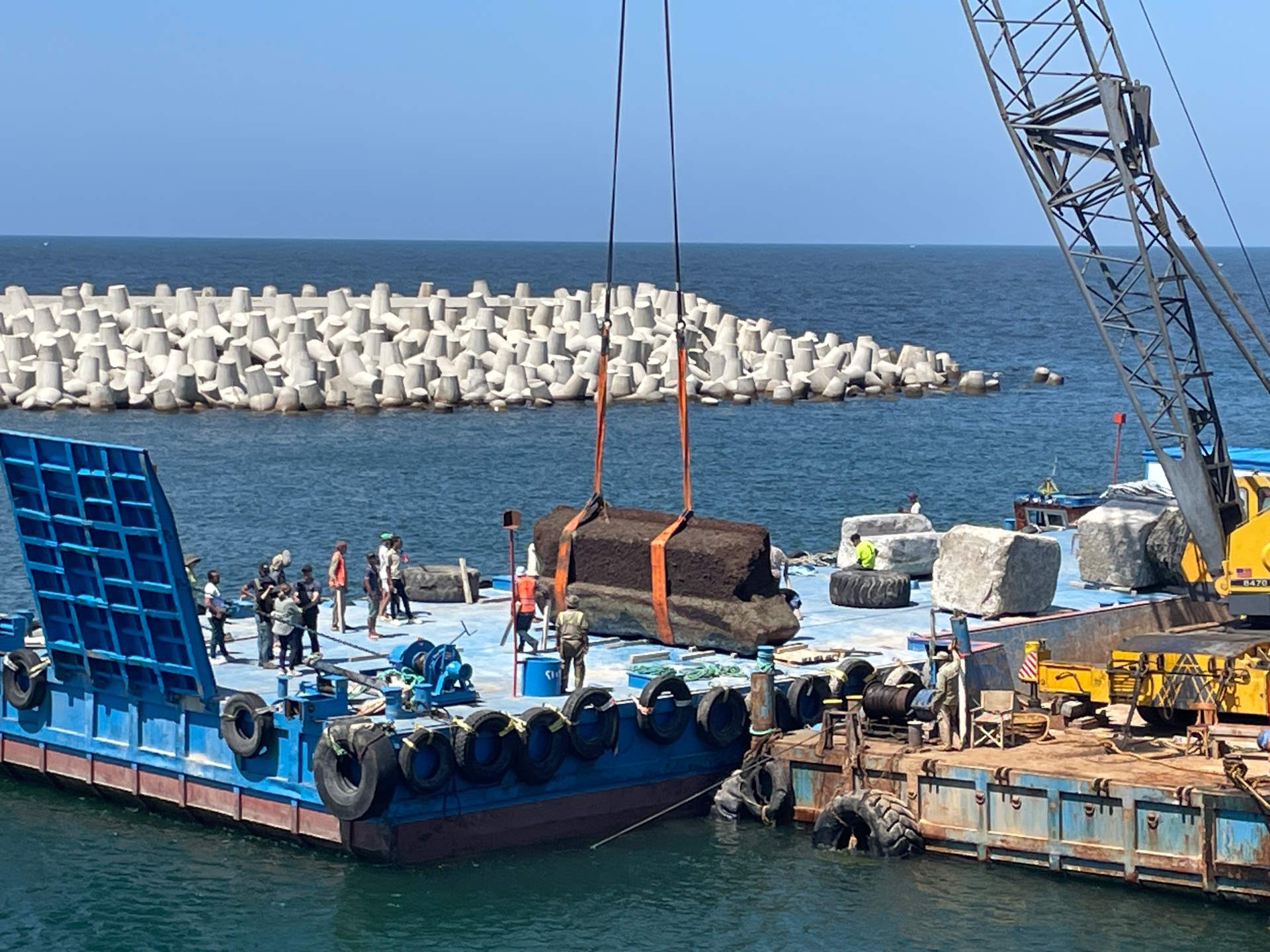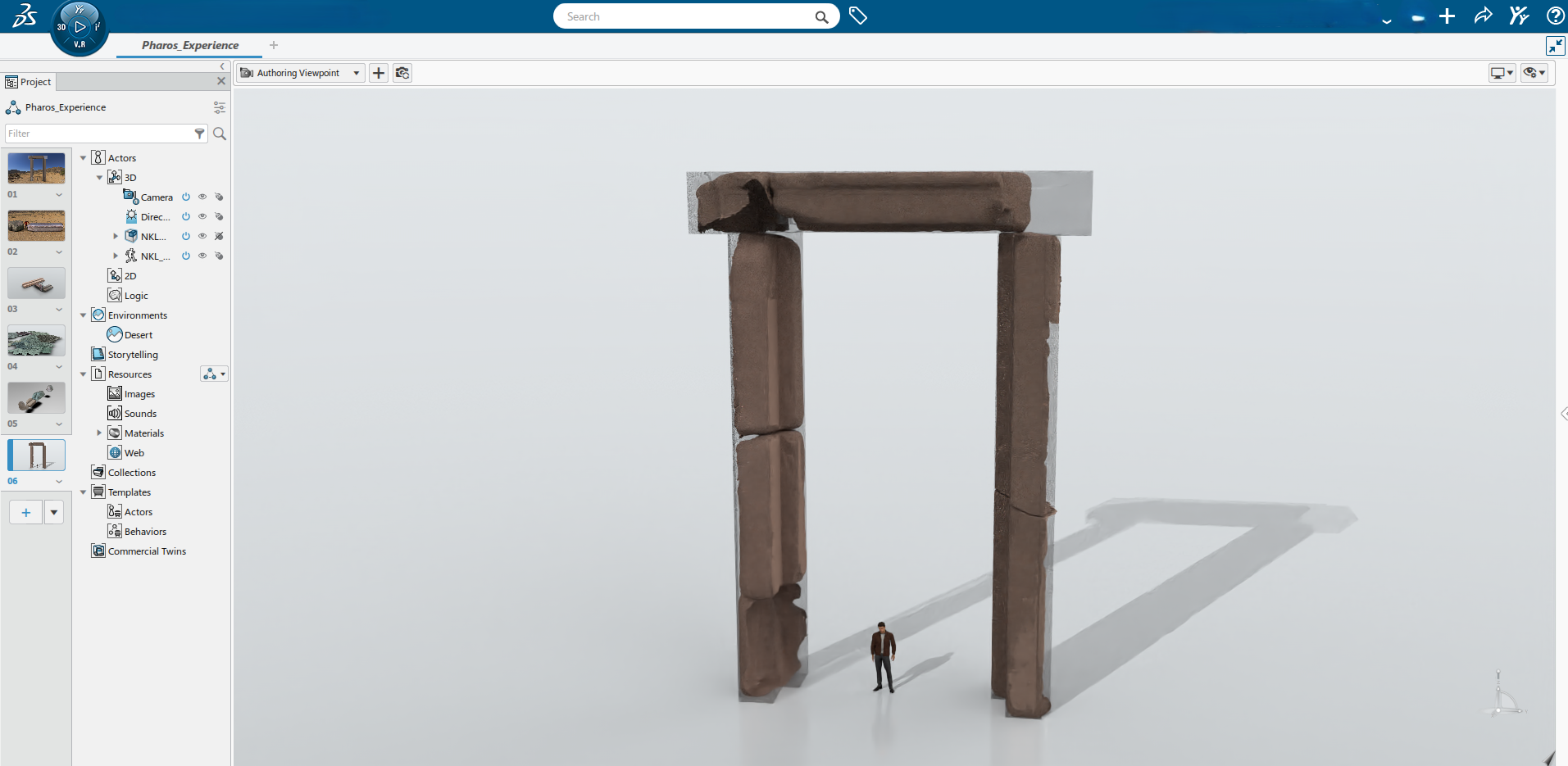The Gates of the Alexandria Lighthouse Emerge from the Sea!
An exceptional archaeological mission lifts 22 massive blocks of the Alexandria Lighthouse in Egypt out of the water, to study and scan them as part of the "PHAROS" program to digitally reconstruct the lighthouse.

An Extraordinary Lifting Operation
Thirty years after archaeologist Jean-Yves Empereur of the Centre d'Études Alexandrines (CEAlex) discovered the underwater remains of the Alexandria Lighthouse—one of the Seven Wonders of the World—in 1995, a new remarkable mission is underway.
Under the scientific supervision of archaeologist and architect Isabelle Hairy from the French Centre national de la recherche scientifique (CNRS), the team has successfully lifted 22 of the lighthouse’s largest stone blocks out of the water. These include monumental door lintels and jambs weighing 70 to 80 tons, the threshold, large base slabs, and parts of a previously unknown monument: a pylon with an Egyptian-style door crafted from the Hellenistic period.
The goal of this exceptional and spectacular operation is to study and scan these architectural elements, adding them to a collection of over 100 blocks already digitized underwater over the past decade. After photogrammetric processing, the scanned blocks will be handed over to volunteer engineers with La Fondation Dassault Systèmes. Like pieces of a giant archaeological puzzle, each block will be analyzed and repositioned virtually. Using scientific simulations and virtual worlds, the team of engineers will test hypotheses about the lighthouse’s construction and collapse, creating a digital twin of this lost wonder. The virtual model will revive the lighthouse’s original grandeur, allowing visitors to explore it as if they were on site.
A French-Led Excavation
The CNRS - specifically its permanent unit in Egypt, the Centre d’études Alexandrines - is conducting the lighthouse excavation under the authority of the Egyptian Ministry of Tourism and Antiquities. La Fondation Dassault Systèmes has been supporting the project for the last three years.

The “PHAROS” Project
Funded by La Fondation Dassault Systèmes and led by Isabelle Hairy (CNRS - UMR 8167, Orient & Méditerranée), the PHAROS project brings together historians, numismatists, archaeologists, and architects to collect ancient depictions and descriptions of the lighthouse from the late fourth century BCE until its destruction in the early 15th century CE. This research helps to fill gaps left by the highly fragmented archaeological remains, as the lighthouse was quarried for building materials after it ceased operation in 1303 until the construction of the Qaitbay Fortress in 1477.
These findings complement the parameters already available for the ongoing digital reconstruction, shedding light on the lighthouse’s unique architecture—crucial since no major ancient lighthouse survives today. The Alexandria Lighthouse was the first of its kind and understanding its history offers insightful clues about how and why it collapsed.

About the Alexandria Lighthouse
Built at the beginning of the third century BCE by Ptolemy I, this incredible towering structure guided sailors approaching a treacherous coastline. Standing 100 meters tall, its beacon made the Egyptian city a shining hub at the heart of Mediterranean trade. Symbolizing the city’s power and the prestige of its builders, Pharos can be regarded as humanity’s first skyscraper. Its technical brilliance and architectural genius – emblems of the era’s scientific and artistic peak – allowed it to withstand time and history for over 1,600 years.
A Major Documentary Project
GEDEON Programmes, a renowned French producer of history and science documentaries, helped cofinance the 1995 Alexandria Lighthouse rescue mission and produced the acclaimed film “The Seventh Wonder of the World” which was broadcasted on France 2 and major international channels such as the BBC, PBS, ZDF, RAI, NHK, and others. In 2025, GEDEON Programmes is again supporting the CEAlex’s mission by funding the barge and crane used to lift the lighthouse blocks. This spectacular operation was filmed by GEDEON Programmes’ teams, led by director Laurence Thiriat, for a 90-minute documentary set to premiere in prime time on France Télévisions.